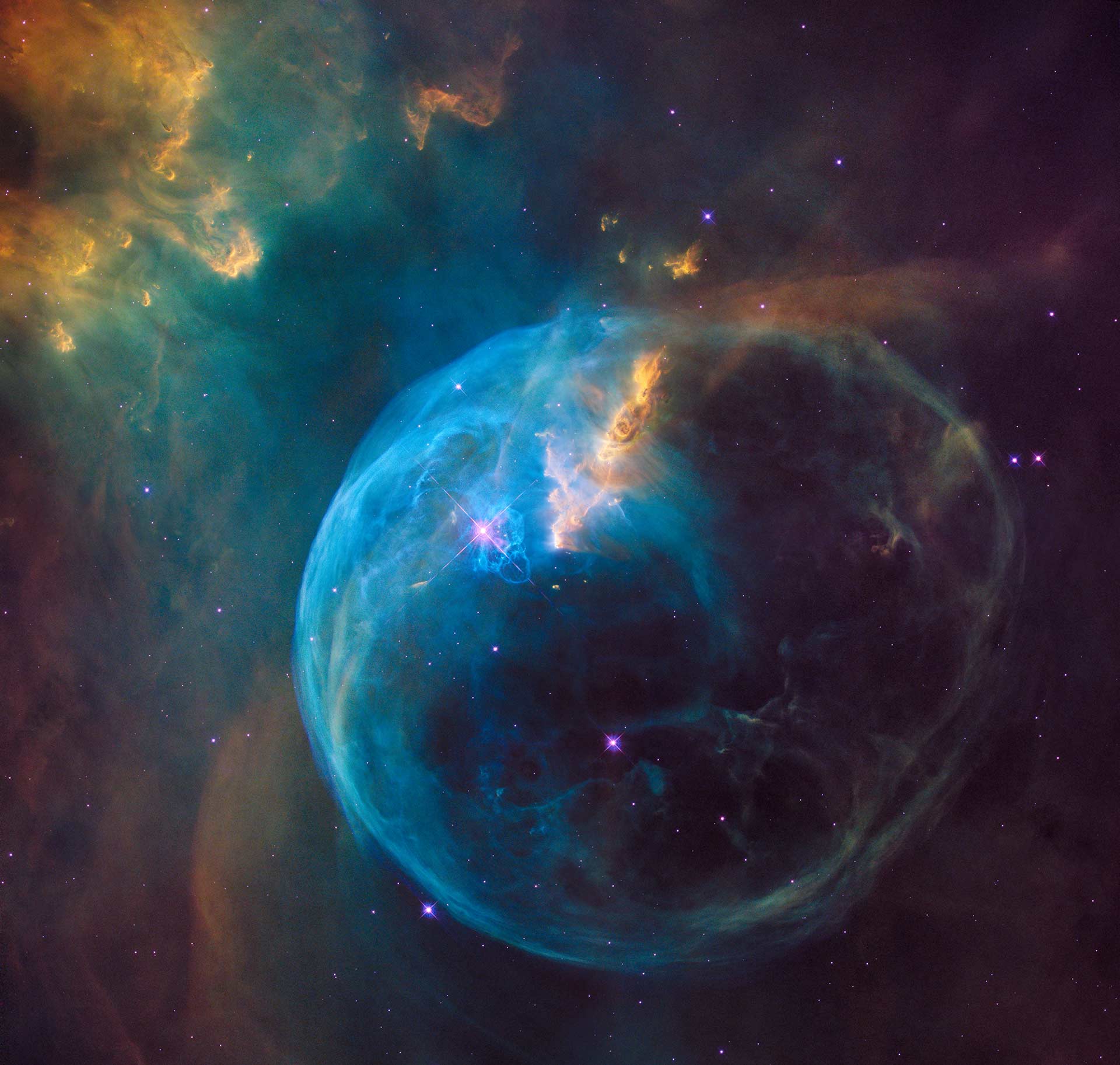Hearing the universe in a spider/web: the interplay between Art and Science for the benefit of disadvantaged groups
The interplay between Art and Science can benefit disadvantaged groups in the framework of frontier Citizen Science.
Taking this assumption on trust REINFORCE aims to support citizen science, through a cross-reflection between artists and scientists, of the field of fundamental science, re-conceptualising fundamental concepts, techniques and representations, such as the nature of space and time, the notions of origin and horizon, the role of information circulating in the universe and its non-conservation, the role of humans as observers or actors, and, more generally, the nature of our embedding in the cosmos.
One of the relevant areas that REINFORCE is targeting is sonification.
In the framework of the celebrations for the New Year’s in the city of Rome, Tomás Saraceno, an Argentinian contemporary artist linking art, life science and the social sciences in his projects and installations, has been invited to give a concert like no other, with different chords, vibrations and strings plucked.
How to hear the universe in a spider/web: A live concert by/for Invertebrate Rights is a guide to hear without the ears and to see without the eyes. Tomás Saraceno, in collaboration with project contributors and event curators, has explored recent discoveries in animal vibrational behavior, the scientific study of gravitational waves, and how humanity might look towards various world cultures and creatures, like spiders, to recover its interpretive capacity.
The concert was the result of a transdisciplinary research collaboration together with Studio Tomás Saraceno, the Arachnophilia community and with Stavros Katsanevas, Director at the European Gravitational Observatory and REINFORCE Project Coordinator; Peggy S. M. Hill, researcher in biotremology from the University of Tulsa; and groundbreaking sonic astrophysicist Wanda Díaz-Merced, who after losing her sight at age 20 began hearing the stars. It features also the contribution of Nobel Prize-winning experimental physicist Barry Barish, whose work with LIGO brought about the first direct detection of gravitational waves.
Learn more about the concert and the project: http://arachnophilia.net/




